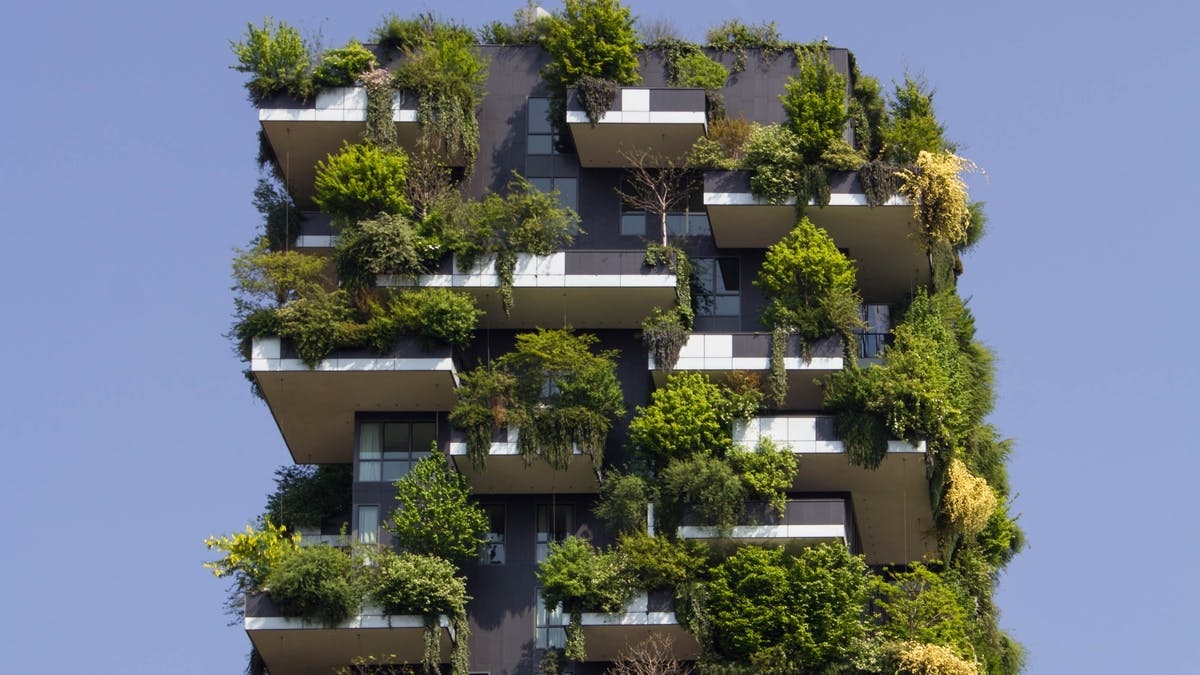There’s a risk when it comes to incorporating sustainability features into products, and the risk is many consumers and, even product designers, believe there is a trade-off on performance, quality or price when they hear the words “environmentally friendly.”
As product designers and manufacturers, we can combat this perception by showing environmentally friendly products aren’t just as good as those made with virgin materials, but, for a variety of reasons, are often better.
How are they better? It pays to examine the overall lifecycle of the devices we manufacture and all the various inputs. For example, by using recycled aluminium produced by hydropower, we’re not only reusing a valuable resource that might otherwise go to landfill, we’re also reducing the carbon footprint associated with making that material.
This is particularly important because aluminium is light and strong, which makes it the perfect material for laptop components, including the chassis and shell. However, producing aluminium is a major contributor to greenhouse gas emissions. In fact, traditional mining and refining methods associated with virgin aluminium production accounted for around three per cent of the world’s 9.4 gigatonnes of industrial carbon emissions in 2021.
By using hydropower, which is a renewable resource, to refine recycled aluminium, we’re eliminating a major source of emissions that contribute to global warming. Aluminium is also a great candidate for recycling and can be reused an almost infinite number of times.
Additionally, the environmental benefits of reusing aluminium are significant. By recycling aluminium, it is estimated that we save, at a global level, over 90 million tonnes of carbon dioxide, and around 10,000 GWh of electricity, which is equivalent to the annual power consumption of the Netherlands.
The result is a product that is not only environmentally friendly, but is also just as good and equally as functional as one made from virgin material. For consumers who are concerned about sustainability, but also worried a “green” product just isn’t as good, it’s a win-win. They get a great performing device, which has a smaller environmental footprint.
It’s not just consumers who can make a difference – companies can too
Sustainability is just as important for enterprise as it is for individual consumers, and as major purchasers of computing equipment and IT services, there are several steps a business can take to meet its ESG goals. Using more sustainable and recycled materials is just one piece of the puzzle.
Older equipment is often less power efficient than newer gear, so upgrading and renewing your fleet can make a significant difference in terms of energy use and overall carbon emissions.
Buying new devices might seem like a backward step, but Dell, along with many of our competitors, has programs designed to take back devices at the end of their life and recycle them, reclaiming many of the valuable materials like gold, copper and, yes, aluminium, they contain so that we can reuse those materials in new products.
Companies can also think about building efficient workspaces and offices, and reducing the cooling and heating costs associated with those structures.
Along with those steps, many devices also offer eco-modes, which can further reduce their environmental footprint by minimising power consumption for standard workloads, as well as taking advantage of the intelligent and AI-optimised software shipping with many new laptops and desktops to get the most out of the device’s power budget.
Finally, it’s also worth thinking about using as-a-service models for infrastructure, as these can also help reduce an organisation’s carbon footprint. A study conducted by Lawrence Berkley National Laboratory in the US, for example, found moving software like email and CRM to the cloud could, on a national scale, save enough electricity to power a city the size of Los Angeles for an entire year.
Sustainability is as much about people as product
The big sustainability picture is more than just being environmentally friendly and making green products. True sustainability also means ensuring the people and communities who make our products are treated with dignity, compassion and respect. We, along with many other companies, have committed to upholding the rights of the people in our supply chain, ensuring they have a positive, safe working environment as set out by the Responsible Business Alliance Code of Conduct.
Achieving sustainability is not the work of a moment. It means constantly revisiting materials, supply chains and processes to ensure we’re leaving the planet in a better state than we found it. It also means working with – and protecting – the people in the communities that provide materials and make our products. Without a healthy planet and population, our kids won’t have the future we want for them. Following this World Environment Day, that’s the most important sustainability message of all – a better tomorrow for everyone.
Keep up to date with our stories on LinkedIn, Twitter, Facebook and Instagram.

